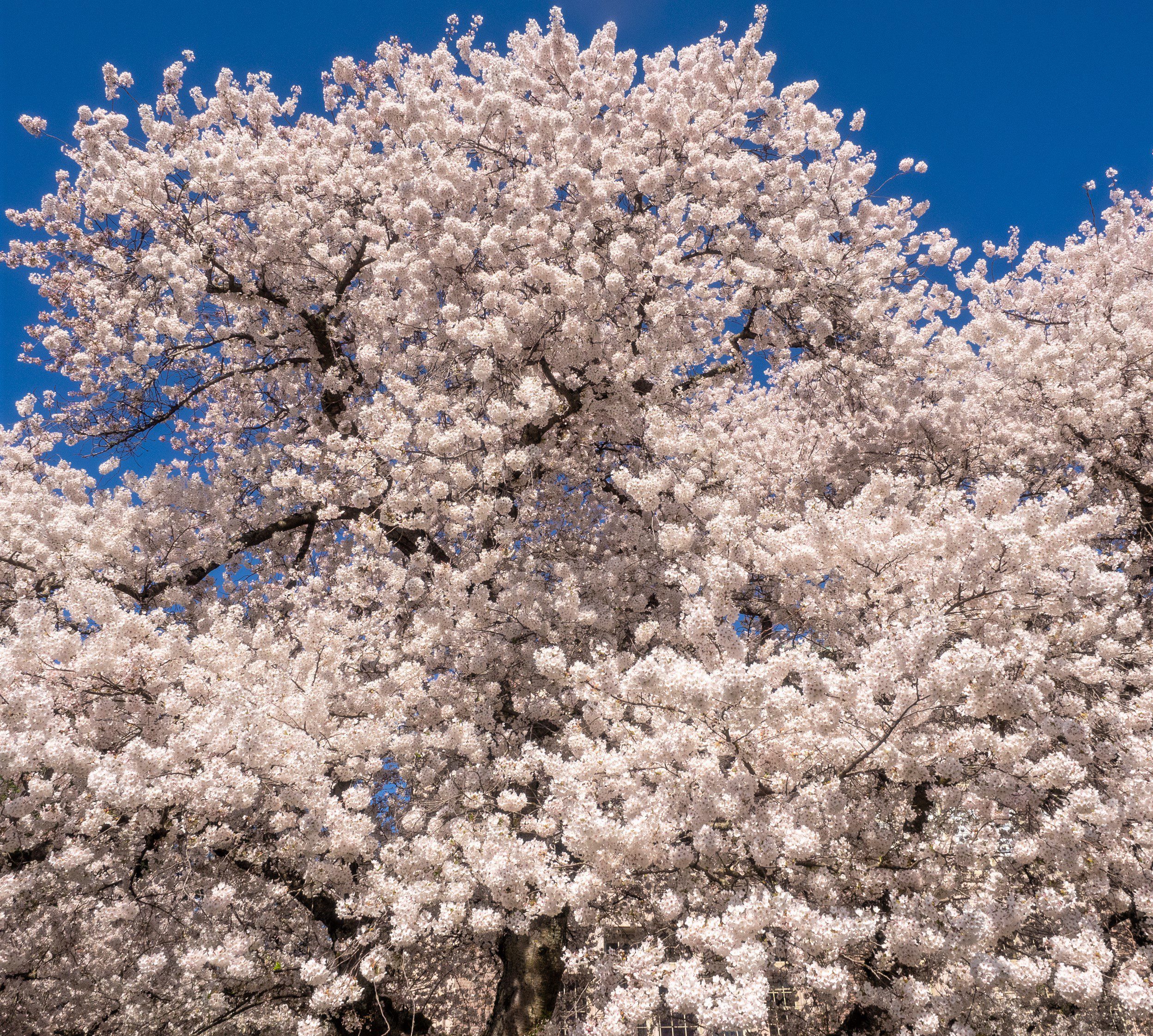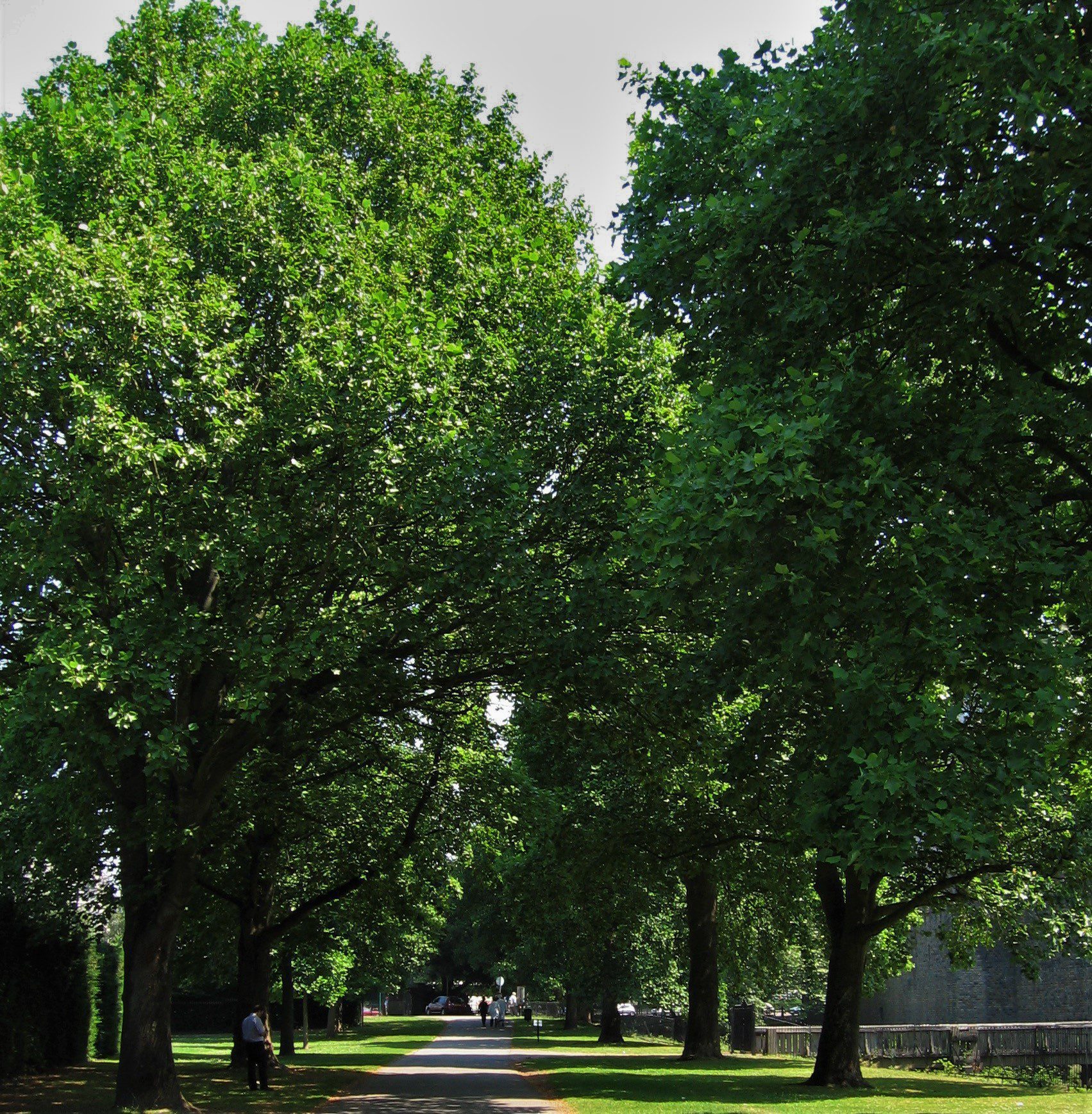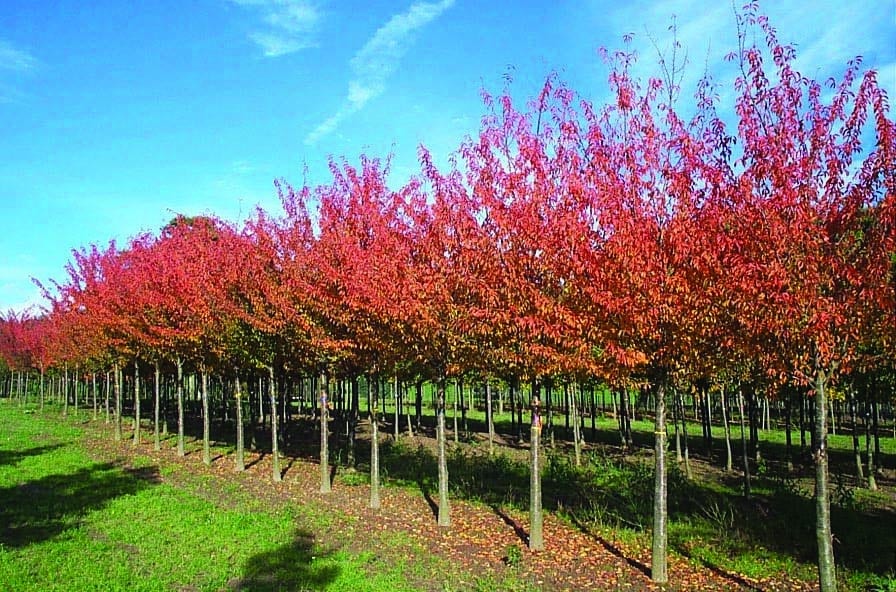Trees have always played a fundamentally important role for all life on earth. The 2020 onset of Coronavirus (Covid-19) with people confined to homes and local areas more than ever before, significantly boosted their benefits, especially in urban areas. Rachel Jackson, Assistant Account Manager, discusses the surge in demand and the recent contributions of trees.
Once considered niche, the love for trees has now gone mainstream. The extraordinary events of Covid-19 have brought home their benefits. Rachel, assisting with Local Authority customers, observes a staggering 76% year-on-year sales growth in urban tree planting projects. “Consequently, we are increasing production by 30% for 45L trees in 2021-22”
The increased demand is driven by many factors, not least being the positive response to council planting projects from residents. “Some of the messages sent to councils from residents during lockdown have been amazing,” says Rachel. “In the London Borough of Barnet, a resident wrote to the Council expressing gratitude for the recently planted cherry trees. They described them as a ‘symbol of life and promise’ amidst the pandemic. They deemed it money well spent!”

Trees have long been known to contribute to the environment by sequestering carbon dioxide, but evidence is growing around how they also support mental health. “Trees have been found to enhance mood, improve self-esteem and lower blood pressure,” says Rachel. “Research in the Netherlands and Japan* has indicated that people were more likely to walk or cycle to work if the streets were lined with trees and live longer and feel better as a result. The Japanese concept of forest bathing or Shinrin-Yoku is gaining ground in the West. Over the last twenty years, Japanese researchers have found forest bathing has a direct effect on physiological health including improved mood, lower blood pressure and improved sleep. In our urban areas, where there is not always ready access to vast tree-filled areas to forest bathe in, just being in the vicinity of green spaces has been found to be of benefit.”
“In the UK, major cities like London boast around 8 million trees, with Birmingham having about 1 million. With increased time spent at home for the next few months, it’s crucial for as many people as possible to connect with nature and trees to enhance mental wellbeing. As we approach the upcoming tree planting season this winter, I eagerly anticipate assisting more customers in urban areas to bring essential greenery to their localities.”
Recommended Trees for Urban Areas
We offer a wide range of British grown trees across our field and container tree nurseries. These include many suitable for urban areas. Here are a selection of some of the best.
Hippophae salicifolia ‘Streetwise’
This Hillier cultivation, also known as sea buckthorn, is part of the Streetwise selection. It has its origins from an unusual Hippophae multistem shrub discovered in the Sir Harold Hillier Gardens near Romsey, Hampshire. It offers a unique columnar form, is able to establish in the poorest of soils and tolerates all urban issues including pollution and salt spreading. Will eventually grow to around 8 metres high x 3 metres wide. View Hippophae salicifolia ‘Streetwise’
Acer campestre ‘Streetwise’
This native field maple has been traditionally used amongst hedgerows and open rural locations. The ‘Streetwise’ selection has been carefully cultivated by Hillier to create an exceptionally hardy form that responds will respond well to pruning schedules with an upright canopy that is ideal for locations with traffic. It also offers spectacular autumn foliage and, as a native species, is a valuable fauna tree for insect populations. View Acer campestre ‘Streetwise’
Prunus ‘Snow Goose’
This upright, columnar cherry tree resembles a pillar in form. It widens slightly with maturity but remains a maximum width of 3m. In spring, the blossom opens with single brilliant white flowers, and in autumn, the leaves provide warming shades of marmalade and crimson amber. Therefore, this is a perfect tree to create dramatic structure within smaller public open spaces and works well planted in a narrow line. View Prunus ‘Snow Goose’
Prunus ‘Sunset Boulevard’
This upright narrow form of cherry has been produced with tighter locations for urban planting specifically in mind. Although its vase like form will broaden a little with maturity, the canopy will always remain within a 3 metre width, while growing up to an impressive 12 metres in height. Its paper-fan like form creates strong visual contours when planted in single rows. View Prunus ‘Sunset Boulevard’
Amelanchier arborea ‘Robin Hill’
This form of Amelanchier arborea has a compact, erect canopy rather than the wider spreading lamarckii. It is particularly hardy, reaching around 8 metres with a narrow erect crown. Its upright swept branches make it ideal for bringing colour and feature to narrow dreary pathways and streets. View Amelanchier arborea ‘Robin Hill’
For more information on trees for urban areas or to discuss your tree planting project, contact Hillier Trees



